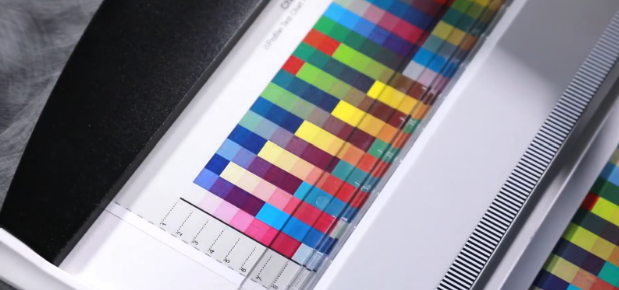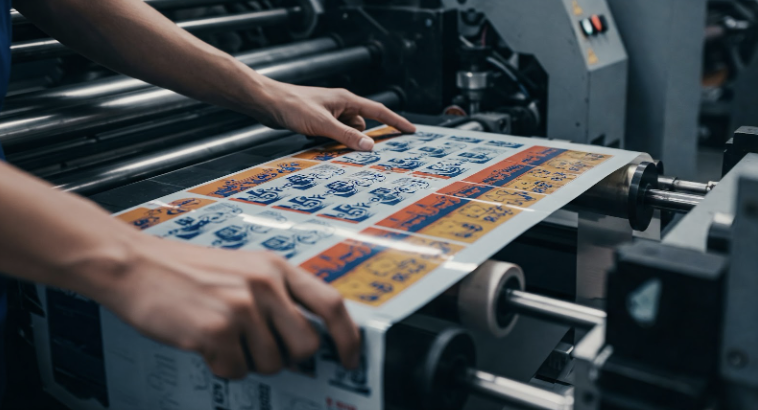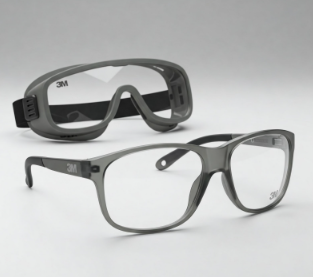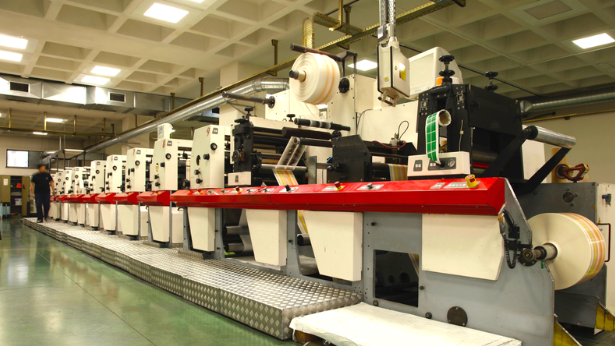
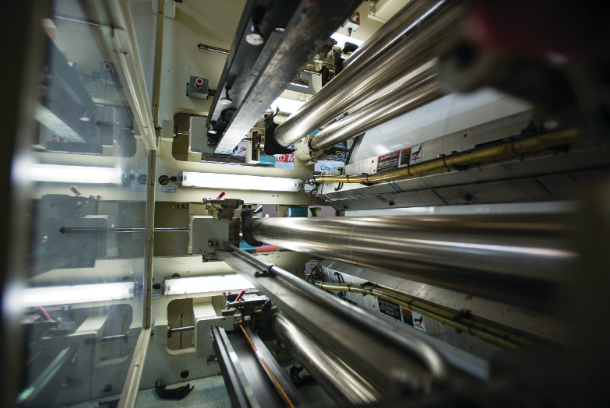
Flexographic printing technology, often referred to as “flexo,” is a powerful and versatile printing method widely used across various industries for its ability to produce high-quality results on diverse substrates. From flexible packaging to labels and beyond, flexo printing plays a critical role in bringing products to market with visually appealing and functional designs. This blog post will explore the key aspects of flexographic printing technology, its advantages, applications, and how Anderson & Vreeland stands at the forefront of this dynamic field.
What is Flexographic Printing Technology?
At its core, flexographic printing technology is a rotary printing process that utilizes flexible relief plates to transfer images onto a substrate. Unlike other printing methods, flexo printing excels at printing on a wide array of materials, including plastics, films, paper, and even corrugated board. This adaptability makes it a popular choice for packaging, labeling, and other applications where material diversity is essential.
The process begins with the creation of a flexible printing plate, typically made from photopolymer. This plate contains a raised image of the design. Ink is then applied to the raised areas of the plate, which is then pressed against the substrate, transferring the image. Flexo printing is known for its efficiency, high-speed capabilities, and ability to handle long print runs, making it a cost-effective solution for large-scale production.
The Flexographic Printing Process: A Step-by-Step Overview
To fully understand flexographic printing technology, let’s break down the process into its key stages:
Prepress: This initial stage involves design creation and preparation. The digital artwork is finalized, and any necessary adjustments are made to ensure optimal print quality.
Plate-Making: A flexible printing plate is created, usually from photopolymer. The image is transferred onto the plate using UV light exposure, which hardens the image areas, creating a raised relief.
Press Setup: The printing plates are mounted onto cylinders on the flexographic press. Precise alignment is crucial to ensure accurate image registration.
Inking: Ink is transferred from the ink reservoir to the anilox roller, which meters the ink and delivers a consistent layer to the printing plate.
Printing: The substrate moves through the press and comes into contact with the inked printing plate, transferring the image.
Drying: Depending on the ink type (water-based, solvent-based, or UV-curable), the printed substrate may pass through a drying unit to ensure the ink is properly set and durable.
Finishing: The printed material may undergo additional processes, such as die-cutting, lamination, slitting, or folding, depending on the final product requirements.
Advantages of Flexographic Printing Technology
Flexographic printing technology offers numerous advantages that make it a preferred choice for many printing applications:
Versatility: Flexo can print on a wide variety of substrates, including plastic films, paper, foil, and non-woven materials.
High Speed: Flexographic presses can operate at high speeds, making them ideal for large-volume printing jobs.
Cost-Effectiveness: For long print runs, flexo printing is highly cost-effective due to its speed and efficiency.
Ink Options: Flexo can use various types of inks, including water-based, solvent-based, and UV-curable inks.
Durability: Flexo inks are known for their durability, making them suitable for packaging and labeling applications that require resistance to abrasion, chemicals, and environmental factors.
Applications of Flexographic Printing Technology
Flexographic printing technology is used across a wide range of industries and applications, including:
Flexible Packaging: Printing on materials like plastic films for food packaging, pouches, and bags.
Labels: Producing high-quality labels for various products, including food, beverages, pharmaceuticals, and consumer goods.
Corrugated Printing: Printing on corrugated board for boxes and other packaging materials.
Newspapers and Publications: Printing newspapers, envelopes, magazines, and other publications.
Mailings: Printing envelopes, direct mail pieces, and other mailing materials for marketing and communication purposes.
Wallpaper and Decorative Surfaces: Creating wallpaper, decorative laminates, and other surface coverings.
Anderson & Vreeland: A Leader in Flexographic Printing Technology
Anderson & Vreeland is a leading provider of flexographic printing technology solutions, offering a comprehensive range of products and services to support flexo printers. With over 60 years of experience, Anderson & Vreeland has established itself as a trusted partner for businesses looking to optimize their flexo printing operations.
Anderson & Vreeland’s offerings include:
Prepress Solutions: Services that ensure optimal preparation and efficient workflow for flexographic printing projects.
Plate-Making Equipment: Solutions, including advanced technologies and support, to achieve precision and accuracy.
Pressroom Equipment: Cutting-edge equipment and technical support, optimizing printing performance and delivering exceptional results.
Photopolymer Plates: High-resolution photopolymer plates are designed for durability and precision in flexographic printing.
Mounting Solutions: A range of mounting solutions, including corrugated mounting materials, high-performance mounting tapes from leading brands like 3M, and precision plate mounters.
As stated on their website, Anderson & Vreeland specializes in “providing state-of-the-art solutions for flexographic printing, ensuring optimal performance and improved efficiency.” Their commitment to innovation and customer service makes them a valuable partner for businesses seeking to stay ahead in the competitive printing industry.
The Future of Flexographic Printing Technology
The future of flexographic printing technology is bright, with ongoing advancements aimed at improving print quality, efficiency, and sustainability. Some key trends include:
Improved Plate Technology: Advances in plate materials and imaging technologies are leading to higher resolution and more durable printing plates.
Sustainable Inks: There is a growing focus on developing and using more environmentally friendly inks, such as water-based and bio-based options.
Automation: The integration of automation technologies is streamlining the flexographic printing process, reducing waste, and improving overall efficiency.
Digital Integration: Combining flexo with digital printing technologies allows for greater flexibility and customization in printing applications to bring products to market faster.
Flexographic Printing Technology with Anderson & Vreeland
Flexographic printing technology is a dynamic and versatile printing method that continues to evolve to meet the changing needs of the printing industry. Its ability to produce high-quality results on a wide range of substrates, combined with its efficiency and cost-effectiveness, makes it a valuable tool for businesses across various sectors. By partnering with a trusted provider like Anderson & Vreeland, businesses can leverage the latest advancements in flexographic printing technology to achieve superior results and stay ahead of the competition. Embrace the power of flexo and unlock new possibilities for your printing applications!
